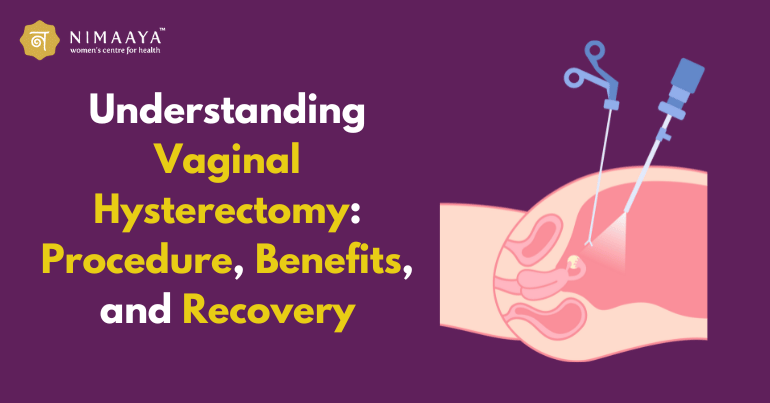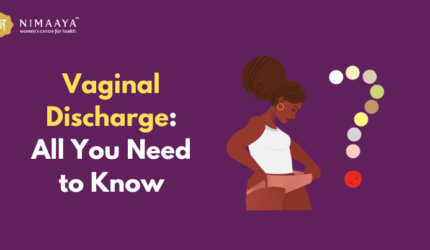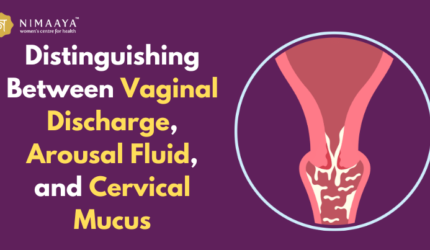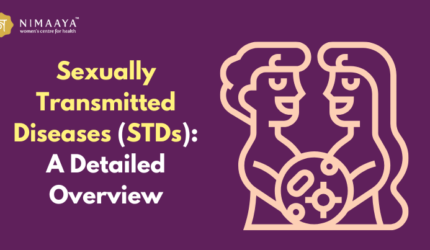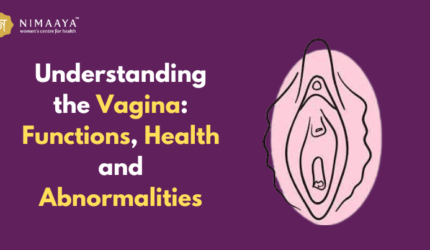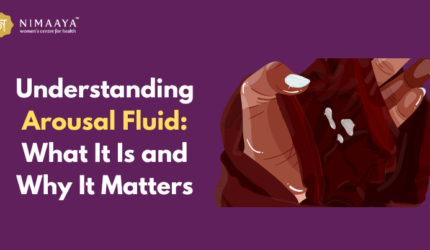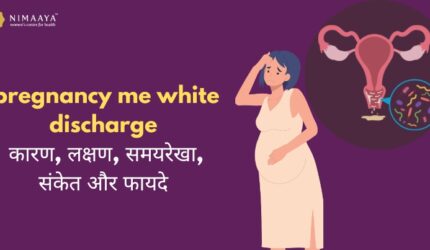Introduction
In recent years, advancements in gynecological surgery have provided women with safer and more efficient options for addressing various uterine health issues. One such option is the vaginal hysterectomy. This procedure has garnered attention for its less invasive approach and quicker recovery times compared to traditional surgical methods. In this article, we will delve into the meaning of vaginal hysterectomy, the steps involved, indications for the procedure, costs, and recovery process, providing a comprehensive understanding for anyone considering this surgical option.
What is Vaginal Hysterectomy?
Vaginal hysterectomy is a surgical procedure that involves the removal of the uterus through the vagina. Unlike abdominal or laparoscopic hysterectomy, this method does not require any external incisions, making it a less invasive option. The uterus is detached from the ovaries, fallopian tubes, and other surrounding structures before being removed. This procedure is commonly recommended for treating conditions such as uterine prolapse, heavy menstrual bleeding, fibroids, and certain types of cancer.
Indications for Vaginal Hysterectomy
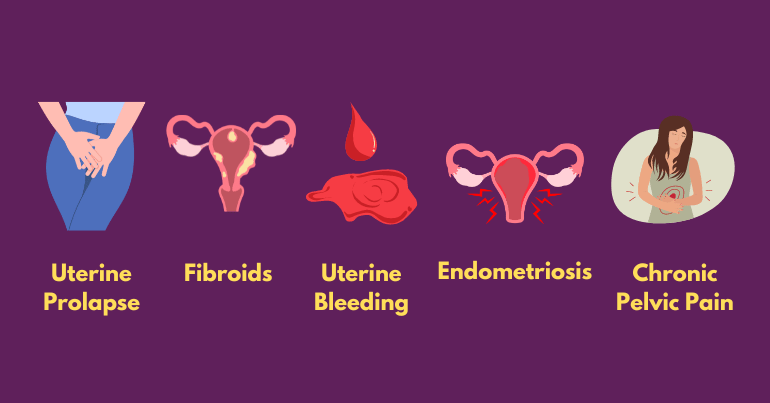
Hysterectomy of Vulva is indicated for a variety of gynecological conditions. These include:
• Uterine Prolapse:
When the pelvic floor muscles weaken and the uterus descends into the vaginal canal. Uterine prolapse occurs when the uterus descends into the vaginal canal due to weakened pelvic floor muscles. It can lead to discomfort, urinary incontinence, and other complications, often necessitating surgical intervention such as a vaginal hysterectomy.
• Fibroids:
Noncancerous growths in the uterus that cause pain, heavy bleeding, or other complications. Fibroids, often necessitate hysterectomy as a treatment option. The presence of fibroids can impact the complexity of the procedure and may contribute to variations in the cost of vulva hysterectomy in both the United States and India.
• Abnormal Uterine Bleeding:
Abnormal uterine bleeding, characterized by persistent and excessive bleeding that does not respond to medical treatments, can significantly impact a woman’s quality of life and may necessitate surgical interventions such as a hysterectomy of the vulva. It is essential for individuals experiencing such symptoms to consult with healthcare professionals to explore appropriate management options tailored to their specific needs.
• Endometriosis:
A condition where tissue similar to the lining inside the uterus grows outside it, causing pain and bleeding. Endometriosis affects millions of women worldwide, often leading to debilitating symptoms such as chronic pelvic pain and infertility. Despite its prevalence and impact on quality of life, effective treatment options for endometriosis remain limited, prompting ongoing research and advocacy efforts.
• Chronic Pelvic Pain:
Persistent pain can be linked to various gynecological conditions. Chronic Pelvic Pain can significantly impact daily life, affecting both physical comfort and emotional well-being. Seeking timely medical attention is crucial for effectively managing Chronic Pelvic Pain and addressing any underlying gynecological issues.
Each of these conditions or vaginal hysterectomy indications can significantly impact a woman’s quality of life, making vulva hysterectomy a viable and often preferred treatment option.
Also Read: Vaginal Discharge: All You Need to Know
Vaginal Hysterectomy Procedure: Step-by-Step

Understanding the vaginal hysterectomy steps is essential for anyone considering this surgery. To grasp the intricacies of the vaginal hysterectomy procedure, it’s crucial to delve into each step meticulously, allowing for a comprehensive understanding of the surgical process. Here’s a comprehensive breakdown of each stage in the procedure of vulva hysterectomy, providing insight into what patients can expect before, during, and after surgery.
‣ Preparation:
Before the surgery, a thorough medical evaluation is conducted to ensure the patient is fit for the procedure. This includes blood tests, imaging studies, and a comprehensive review of the patient’s medical history. Preparation for the vaginal hysterectomy surgery also involves consultations with various specialists to address any potential risks or complications. Additionally, patients are provided with detailed instructions regarding pre-operative care and lifestyle modifications to optimize their health before the procedure.
‣ Anesthesia:
The procedure is usually performed under general anesthesia, although regional anesthesia may be used in some cases. This ensures that the patient is asleep and pain-free during the surgery. During surgical procedures, anesthesia is essential to the comfort and safety of the patient. The choice between general and regional anesthesia depends on factors such as the type of surgery and the patient’s medical condition.
‣ Incision and Access:
The surgeon makes an incision at the top of the vagina, providing access to the uterus and other pelvic organs. After creating the incision, the surgeon carefully maneuvers through the tissue layers to reach the desired area. This access facilitates the necessary steps for the procedure, ensuring precise and effective treatment.
‣ Detachment:
The uterus is carefully separated from the cervix, ovaries, fallopian tubes, and any supporting ligaments. Detachment of the uterus requires meticulous attention to avoid damage to adjacent structures. Once separated, the cervix, ovaries, fallopian tubes, and supporting ligaments can be individually assessed for any abnormalities or concerns.
‣ Removal:
The uterus is then removed through the vaginal canal. If necessary, additional tissues such as the cervix or part of the vagina may also be removed. Removal involves carefully detaching the uterus from surrounding structures before extracting it through the vaginal canal. Depending on the medical necessity, surgeons may opt to excise additional tissues such as the cervix or sections of the vagina during the procedure.
‣ Closure:
The vaginal incision is closed with sutures that dissolve over time, eliminating the need for suture removal. Closure is a crucial step in ensuring proper healing post-surgery. Once the vaginal incision is closed, patients can expect a smooth recovery process without the inconvenience of suture removal.
‣ Recovery:
Post-surgery, the patient is monitored in a recovery room before being transferred to a hospital room or discharged home, depending on individual circumstances. Recovery typically involves close observation of vital signs and pain management to ensure a smooth transition from the effects of anesthesia. Once stable, the patient is either moved to a hospital room for further recuperation or discharged home under specific medical instructions.
Understanding the detailed steps of a vulva hysterectomy provides patients with valuable insight into what to expect throughout their surgical journey. Armed with this knowledge, individuals can approach the procedure with confidence, knowing they are well-informed about the pre-operative preparations, the surgical process itself, and the crucial aspects of post-operative recovery. This comprehensive understanding empowers patients to actively participate in their healthcare decisions and promotes optimal outcomes in collaboration with their healthcare team.
Also Read: Understanding the Vagina: Functions, Health and Abnormalities
Benefits of Vaginal Hysterectomy
Opting for a vaginal hysterectomy presents numerous benefits, ranging from shorter recovery times to reduced risk of complications compared to alternative surgical approaches. Choosing a vulva hysterectomy over other types of hysterectomy offers several advantages:
① Minimal Scarring:
Since there are no external incisions, scarring is minimal, leading to better cosmetic outcomes. Minimal scarring also reduces postoperative discomfort and accelerates recovery, allowing patients to resume their normal activities sooner. Additionally, the absence of visible scars enhances patient satisfaction and confidence in their appearance post-surgery.
② Reduced Pain:
Patients typically experience less postoperative pain compared to abdominal hysterectomy. This can lead to quicker recovery times and decreased reliance on pain medications, contributing to a smoother postoperative experience overall. Additionally, reduced pain often translates to improved patient satisfaction and higher reported quality of life during the recovery period.
③ Shorter Hospital Stay:
After surgery, the majority of patients can return home the same day or the next day. A shorter hospital stay not only reduces healthcare costs but also allows patients to recover in the comfort of their own homes. This streamlined approach to post-operative care promotes faster healing and decreases the risk of hospital-acquired infections.
④ Faster Recovery:
In most cases, the recuperation period is shorter, enabling patients to resume regular activities sooner. Faster recovery is often attributed to advancements in medical technology and optimized post-operative care. Patients experience a swifter return to their daily routines, enhancing their overall quality of life.
⑤ Lower Risk of Complications:
The risk of complications such as infections and blood clots is reduced due to the minimally invasive nature of the procedure. Additionally, patients undergoing this minimally invasive procedure typically experience less post-operative pain and a shorter recovery time compared to traditional surgeries. This translates to a quicker return to daily activities and improved overall patient satisfaction.
Opting for a hysterectomy of the vulva not only minimizes scarring, reduces pain, shortens hospital stays, and speeds up recovery but also lowers the risk of complications, offering a comprehensive package of benefits for patients. With advancements in surgical techniques and post-operative care, choosing this approach can lead to improved outcomes, enhanced patient satisfaction, and a quicker return to a normal, healthy life.
Cost of Vaginal Hysterectomy
The cost of a vaginal hysterectomy in the United States can vary widely depending on factors such as the specific hospital, surgeon fees, anesthesia costs, and post-operative care. While a range of $6,000 to $12,000 is often cited, costs can sometimes reach up to $15,000 to $30,000 or even higher in certain cases. These figures are approximate and can vary based on individual circumstances and healthcare providers.
In India, the vaginal hysterectomy cost is generally much lower compared to the United States. It typically ranges from ₹50,000 to 100,000, costs can certainly go higher, sometimes reaching ₹80,000 to 200,000 Indian Rupees (INR), depending on the hospital, location, and additional factors. However, actual costs may vary, and it’s essential to consult with healthcare providers for precise pricing information.
Recovery Time After Vaginal Hysterectomy
Vaginal hysterectomy recovery time is generally shorter and less complicated compared to other types of hysterectomy. Most patients can expect to resume normal activities within 4 to 6 weeks. During the initial recovery period, it is common to experience some vaginal bleeding and discomfort, which can be managed with prescribed medications. It is crucial to avoid heavy lifting, strenuous activities, and sexual intercourse for at least six weeks to ensure proper healing. Regular follow-up appointments with the healthcare provider are essential to monitor progress and address any concerns. With appropriate care and rest, the majority of women find that their recovery time from vulva hysterectomy is smooth and allows them to quickly return to their everyday routines.
Potential Risks and Complications
Potential risks and complications associated with vulva hysterectomy include the risk of postoperative infections, though they are less common compared to other surgical methods. Bleeding during or after the surgery is possible, and there is a slight risk of injury to nearby organs such as the bladder or intestines, though such occurrences are rare. Additionally, adverse reactions to anesthesia can occur, though they are uncommon with proper medical supervision. Patients need to discuss these potential risks with their healthcare provider and follow all pre- and postoperative instructions to minimize complications and ensure a smooth recovery.
Postoperative Care and Long-Term Outlook
Postoperative care following a vaginal or vulva hysterectomy is paramount for ensuring a smooth recovery and long-term well-being. Patients are advised to manage pain with prescribed medications, maintain proper hygiene to prevent infections, and seek emotional support if needed. Long-term health is supported through regular gynecological check-ups and adopting a healthy lifestyle, fostering a positive outlook for patients post-surgery.
Conclusion:-
A vaginal hysterectomy is a minimally invasive surgical option that offers numerous benefits for women suffering from certain gynecological conditions. By understanding the vaginal hysterectomy meaning, procedure, benefits, and recovery, patients can approach the surgery with greater confidence and peace of mind. Institutions like Nimaaya IVF Center are at the forefront of providing specialized care and ensuring positive outcomes for their patients. If you are considering vaginal or vulva hysterectomy, it is important to have a detailed discussion with your healthcare provider to make an informed decision and prepare adequately for the journey ahead.

